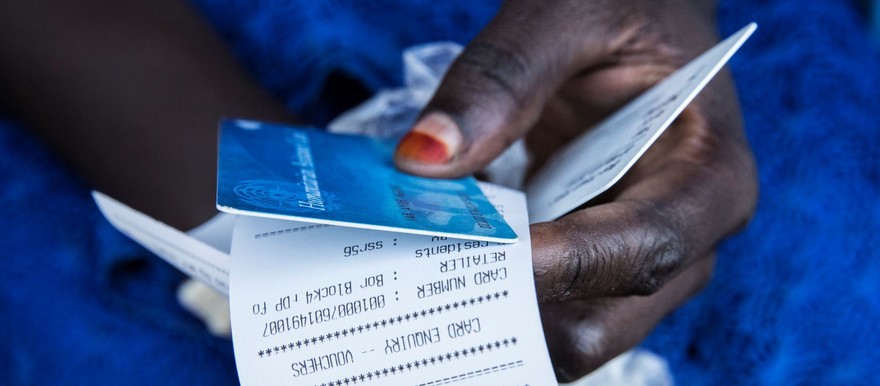The International Organization for Migration (IOM) and World Food Programme (WFP) have completed the first functional data exchange between their beneficiary management systems to provide updated information on tens of thousands of people receiving assistance in Upper Nile and Jonglei regions.
IOM, in a statement Thursday last week, said the data exchange, involves BRaVE, a biometric beneficiary data management system which the agency uses to strengthen humanitarian responses while the SCOPE system is a beneficiary information and transfer management platform that helps WFP know people it serves better.
The two agencies, under an agreement signed in 2018, reportedly share biometric data of individuals registered in each of their systems.
As part of the first phase of the data sharing arrangement, IOM and WFP have so far exchanged the data of more than 100,000 people in Upper Nile and Jonglei states, according to the IOM statement.
“The exercise aims to harmonize and synchronize the information in the two management systems to enhance efficiency in the delivery of assistance. As part of WFP and IOM’s duty of care to people they serve, data privacy and protection is a fundamental part of the agreement. The use of data is overseen by a corporate data governance mechanism that provides rigorous safeguards to mitigate against risk of leakage and ensure data privacy,” it stated.
The exercise, which reportedly involves upgrading both systems to ensure the inter-operability, compatibility and accuracy of beneficiary data to enable bulk data migration, will reduce duplication and cut down on redundant manual data collection.
“As humanitarian needs continue to rise in South Sudan, outstripping available resources, innovative approaches are urgently required to help us meet needs,” said Ronald Sibanda, WFP’s country director.
He added, “The data sharing initiative with IOM will not only help us provide assistance better by cutting duplication and redundant processes but helps us track population movements in case of further displacement”.
Through its Displacement Tracking Matrix (DTM), IOM says it conducts registration, biometric and non-biometric, at the request of governments or other humanitarian partners to support the targeting and delivery of humanitarian assistance and services.
“The successful development of interoperability between SCOPE and BRaVe for data exchange of beneficiary information is a remarkable achievement in harmonizing beneficiaries’ personnel data management and improving the efficiency of aid delivery for humanitarian response since WFP is the largest food assistance provider and IOM is the key data provider through the DTM programmes,” said IOM’s Chief of Mission, Jean-Philippe Chauzy.
Meanwhile, IOM and WFP said they plan to have exchanged data for over 700,000 people across Africa’s youngest nation by late 2019




